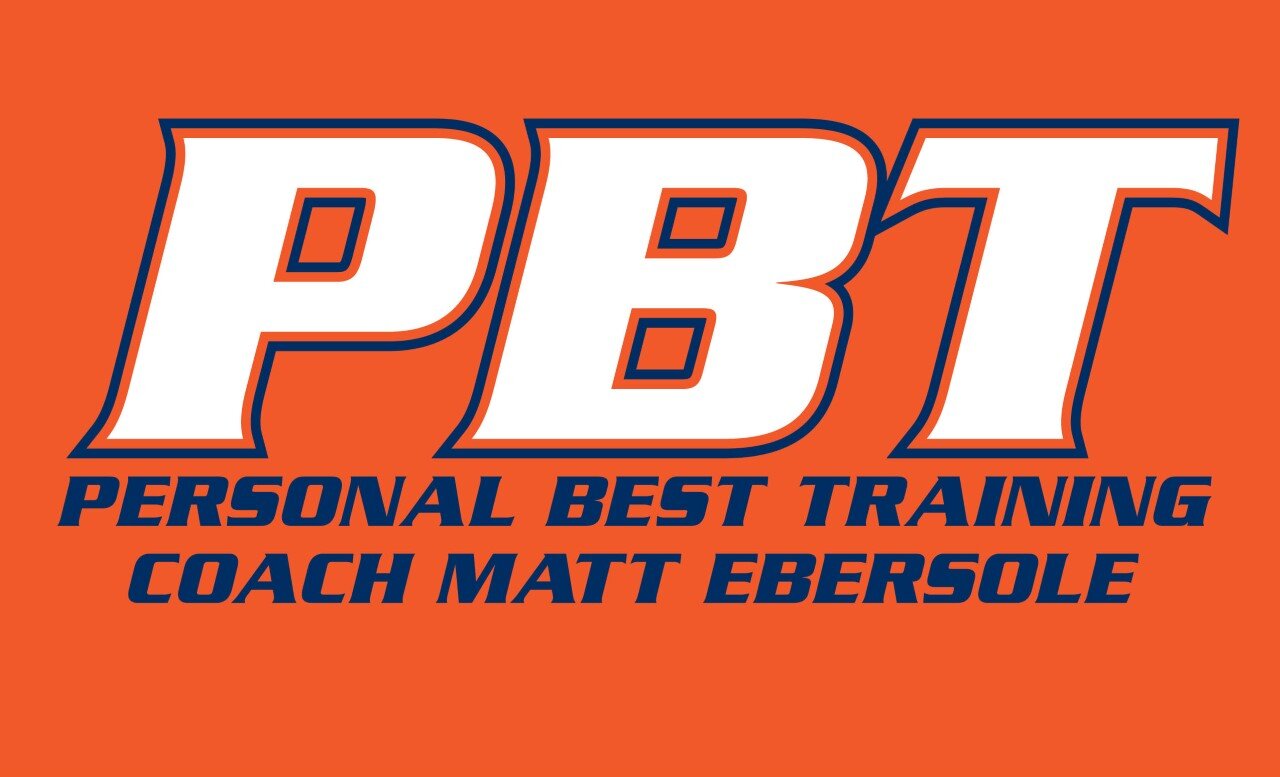Some PBT runners getting in a long run in AZ.
Long runs are the cornerstone of marathon and half marathon training and are a regular component of your running week. Because long runs are done with frequency and comprise a good percentage of your weekly mileage they warrant thoughtful consideration to make sure you are getting the most from them. The two primary questions to be addressed are how far and how fast? The focus of this post will be on how fast or more precisely how hard. I prefer to think in terms of effort due to the many variables of pace such as temperature, wind, and hills among them. Please refer to the effort to pace guidelines below.
As with other training questions, being mindful of your fitness and goal is important in determining the appropriate effort for your long run. If you are training for a new distance, or it has been awhile, and the primary goal is to finish then an effort of 60-75% of maximum heart rate should allow you to continue to build endurance and be prepared for race day. Staying toward the bottom half of the range for the early miles and increasing effort to the top half towards the end will usually result in relatively even splits. This is also great practice for race day!
Those focused on a goal time or racing others over longer distances will need to add some additional stress to their long runs. If you have been through a few marathon training cycles, think back to your first 20 mile run. Remember the challenge and fatigue and sense of accomplishment? It is not quite the same anymore is it? The reason is that you have adapted to running that distance. To race faster you will have to increase the effort to get the same training effect you got from those early 20 mile runs.
The logical question now becomes how hard is too hard? Make no mistake, you can over do it and run too fast. I like to measure this in terms of recovery time. If it takes more than 2 days to recover and you are not ready for something of quality on the 3rd day, you probably over did it and should save that kind of effort for racing.
Another logical thought process is that if you used to average 7:30 pace you should now try to bring that down 5-10 seconds per mile. Well, though it will probably happen, I don't care to think of it that way. Many training runs and races are run off the rails by thinking about pace from the start. I like to think in terms of adding more training stress to portions of the run.
The options on how to do this are many. Some of the ingredients you might add to your long run include continuous steady state miles (80-85%) or intervals (80-90%) at goal pace or faster, hills (80-90%), negative splits (up to 85%), or faster finishing miles (up to 90%). Again, please see the guidelines below.
Really, the specifics are up to your imagination, but the primary objective is to get your legs to ask the same question they will late in the race with similar urgency, "What are you doing to me?" Mixing these components with some relaxed long run miles in the same workout will keep the run from requiring excessive recovery time and minimize injury risk. Sure, some of your long runs should just be nice and relaxed but with regular quality injections into the others you will be racing faster soon!
Effort to Speed Guidelines. 60-75% Jogging to comfortable running, 80 % Marathon Pace, 85% Half Marathon Pace, 90% 10K Pace, anything higher is fast and not something you can maintain for long.

